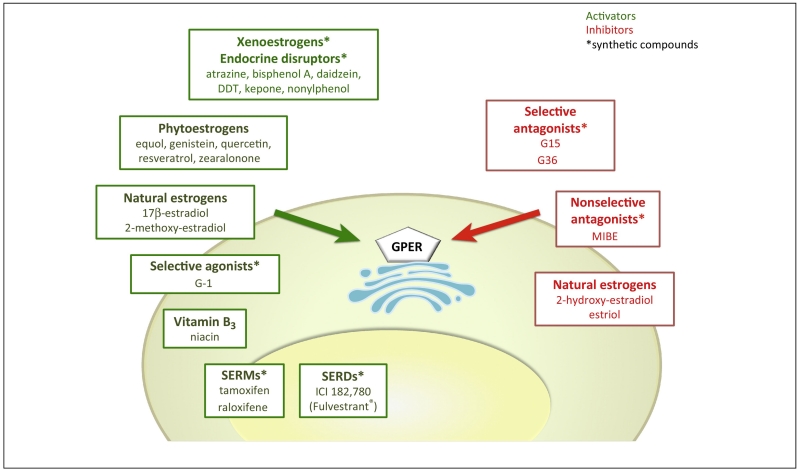Figure 1. Agonists and antagonists with intrinsic activity mediating or inhibiting GPER signaling.
Agonists and antagonists of GPER with intrinsic activity mediating or inhibiting GPER-mediated signaling. Green arrows: activation; red arrows: inhibition; Receptors are activated by natural (endogenous estrogen such as 17β-estradiol, 2-methoxyestradiol) as well as by phytoestrogens (such as equol, quercetin, genistein, zearalonone, resveratrol), highly stable environmental pollutants, also known as xenoestrogens (including atrazine, zearalonone, bisphenol A, nonylphenol, or DDT), SERMS, SERDs, or GPER-selective synthetic drugs. The synthetic GPER-selective compounds G15 and G36, the non-selective MIBE, and the estrogen metabolites 2-hydroxyestradiol (2 OH-E2) and estriol act as GPER antagonists. See text for explanation. * denotes synthetic compounds as opposed to natural substances; DDT, dichlorodiphenyltrichloroethane; SERM, selective estrogen receptor modulator; SERD, selective estrogen receptor downregulator. MIBE, ethyl 3-[5-(2-ethoxycarbonyl-1-methylvinyloxy)-1-methyl-1H-indol-3-yl]but-2-enoate).

